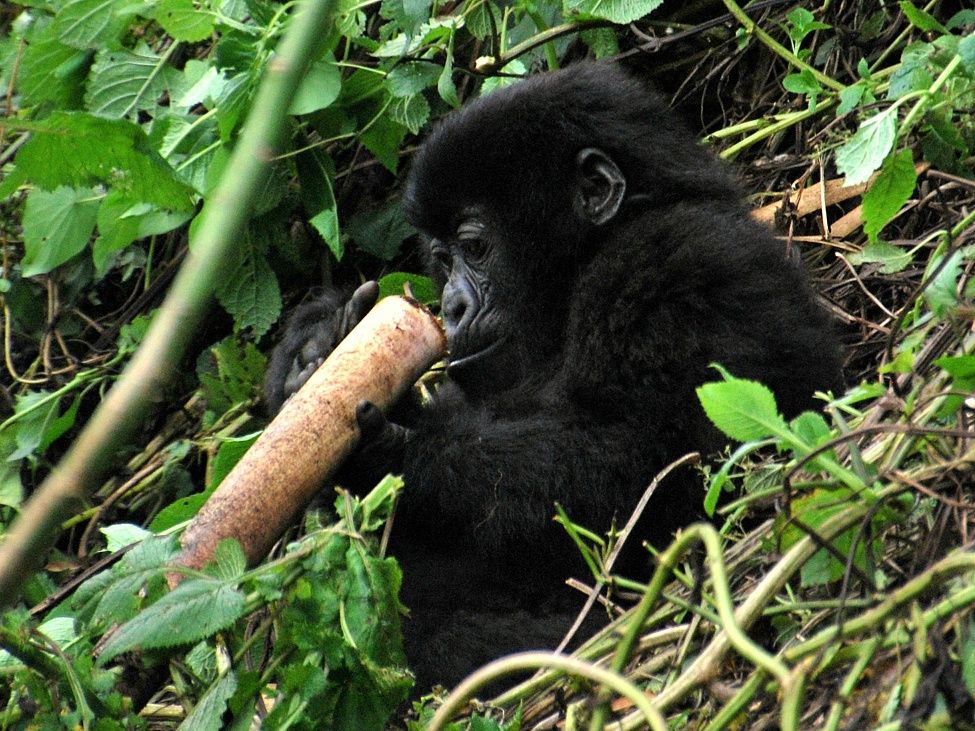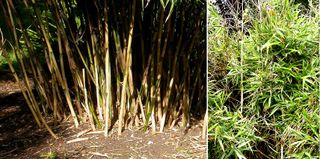Who Knew? Two New African Bamboos

Pandas love themselves some bamboo, and the plant makes up most of their diet. Thousands of miles away in Africa, bamboo is also an important food for mountain gorillas.
Its existence there, though, is a bit of a mystery, hidden away as it is up African mountains, a long way from where most varieties live in Asia. Scientists assumed that African and Asian bamboos were similar, but nobody had taken a comprehensive look, until now. New research shows that African bamboos represent two entirely new species, which are quite different from the varieties found in Asia and South America, according to a study published today (Aug. 23) in the journal Phytokeys.
The two new species, Bergbambos tessellata and Oldeania alpine, each belong to two new genera (plural of genus, the taxonomic classification above species) as well. This emphasizes how different the African bamboo species are from other known bamboos, according to the study, conducted by Chris Stapleton, a bamboo expert and independent botanical researcher who has extensively studied the plants in the Himalayas and China.

Bamboos are thought to have evolved in the Southern Hemisphere on an ancient landmass called Gondwanaland, according to a release from Phytokeys. The plants then likely spread via the movement of Earth's tectonic plates, finding their way to what became South America, Africa and South Asia.
But when and where this process of spread took place remains mysterious. The possibility remains that African bamboos could represent the modern ancestors of all current Asian bamboos, but "it will be necessary to hunt out and study mountain bamboos of Sri Lanka and Madagascar," according to the release. Studies of these species, in intermediate areas between Asia and Africa, will help construct a more complete picture of the plant's family tree, according to the statement.
Bamboos thrive in temperate environments and can't handle excessive heat, which is why they are found on mountains in warm areas. One 2012 study suggests that increasing temperatures could spell trouble for Asian bamboos and the pandas who rely almost exclusively on the plant for food.
Email Douglas Main or follow him on Twitter or Google+. Follow us @livescience, Facebook or Google+. Article originally on LiveScience.
Sign up for the Live Science daily newsletter now
Get the world’s most fascinating discoveries delivered straight to your inbox.











